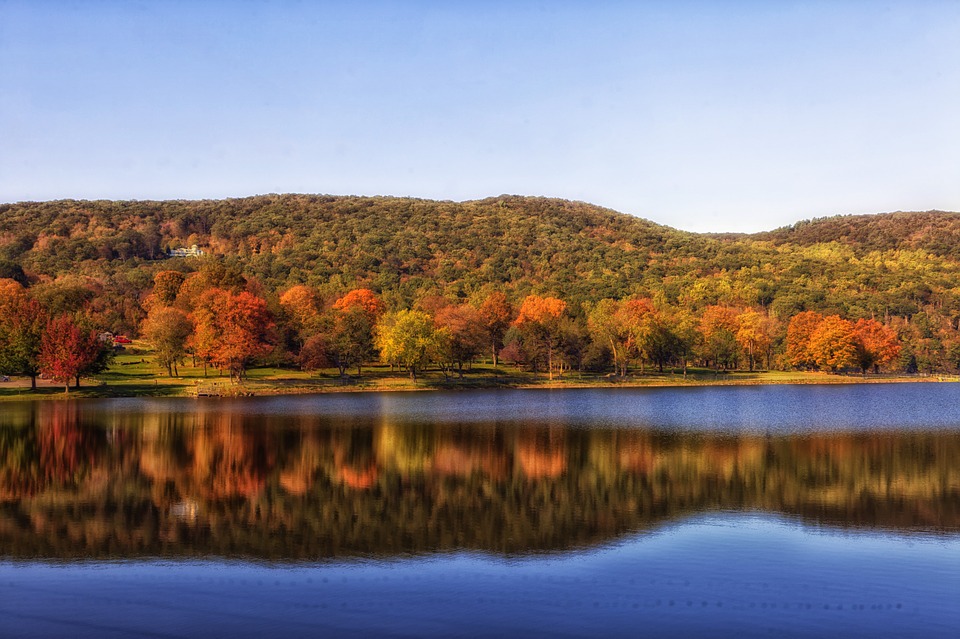Samuel John Mills, Jr. on April 12, 1783, was born in Torrington, CT, to Samuel and Esther Mills. His father was a minister in a Congregational church and his mother was a homemaker who supported his father. His mother is quoted as having said about Samuel, “I have consecrated this child to the service of God as a missionary.” This is despite the fact that missions were much less common in that time period and the United States had no overseas missions agencies at the time.
Mills experienced conversion at the age of 17, in his father’s church. He immediately purposed to have a part in world evangelism and never lost sight of this vision.
After Mills finished school, he went to Massachusetts, where he was a student at Williams College, beginning in 1806. While there, he formed a prayer group, which was later the host of the Haystack prayer meeting, which is considered a very important part of getting Protestant missions started in America. Mills’ prayer group met twice a week – Wednesday and Saturday afternoons – to pray with other students. They met at the Hoosack River. After one of these meetings, a thunderstorm caught them and they waited for its end under a haystack, where they discussed and prayed about their part in missions. This was the origin of the phrase they took on as their motto, “We can do this if we will.”
One of the men returned to the area in 1854 and pointed out the location where the haystack had stood. In 1867, a monument was placed to commemorate the events.
In the fall of 1808, Mills and the other students who had been meeting regularly chose to organize The Society of the Brethren, with the purpose of spreading the gospel throughout the world. One of the members switched to another college to form the same type of society there, and Mills enrolled in Yale in 1809 with the same purpose.
While at Yale, Mills met a Hawaiian named Henry Obookiah, who was outspoken about the need of the Pacific Islands to know about Christ. Though Obookiah died in 1818 before returning home, missionaries began to be sent to Hawaii through the American Board to Hawaii in 1819.
In 1810, Mills began attending Andover Theological Seminary, and he became licensed to preach in 1812. Mills assisted in the formation of the American Board of Commissioners for Foreign Missions, along with Adoniram Judson and others. This organization was instrumental in sending Adoniram Judson, Samuel Newell, Samuel Nott, Gordon Hall, Luther Rice, and others to the foreign fields.
Unlike some missions groups, Mills understood that missions was for everywhere, and sending foreign missionaries did not absolve one of serving in one’s own homeland. Because of this, Mills served in the poverty-stricken areas of New York City while he was there, attempting to aid their physical needs while ministering to their spiritual needs. He also ministered to sailors who came into New York’s port, which led to the founding of the Marine Bible Society.
He went to the Mississippi valley as a missionary to European Americans that had just begun to settle there, and also established ministries to the Indians who lived in the area.
Mills felt that a national Bible society would be helpful for advancing the evangelizing effort, and in early 1816, 35 Bible societies from around the country met in New York and created the American Bible Society.
Mills collaborated with New Jersey minister Dr. Robert Finley to found the American Colonization Society in 1817. Mills visited England in 1818, then sailed to Africa where he purchased land on the west coast for the American Colonization Society. He left there to return home but died at sea at only 35 years old.
You can read sermons by Mills and more about Samuel Mills in the books below.
Samuel J. Mills, Missionary Pathfinder, Pioneer, and Promoter
This biography details the life and work of Samuel Mills as he worked to spread the gospel to as many people as he was able.
Memoirs of the Rev. Samuel J. Mills
Originally published before 1820, this book discusses Mills’ mission work to the southwest United States and in the American Colonization Society which was to spread to Africa.
Torringford in Connection with the Centennial
Torringford was the name of the place where Samuel Mills was born at the time of his birth. This book looks at the location and happenings of the area. It was written by Samuel J. Mills.
A Correct View of that Part of the United States which Lies West of the Allegany Mountains
Co-authored by Mills and John Freeman Schermerhorn, this work explains the perspective of these men of the need of the southwestern United States spiritually and socially, with an emphasis on missions.
Sermons on Important Subjects
These sermons were collected by Samuel Mills from many ministers from the northern United States. Originally printed in 1797, this reprint contains the original text, reconstructed to be as authentic as possible.
The Haystack Prayer Meeting
This brief account of the origin and spirit of the original haystack prayer meeting also contains a list of the missionaries that went out from Williamstown and Williams College.
History of the American Board of Commissioners for Foreign Missions
This history of the board that Mills was a part of creating was compiled from documents that were both published and unpublished. It was originally published in 1842. It covers the years from inception to 1840.
First ten annual reports of the American Board of Commissioners for Foreign Missions
For those interested in the nitty-gritty of history, this book is a compilation of the board’s first decade of reports, 1810-1820. It includes the minutes of the meetings, as well as by-laws and other information.










